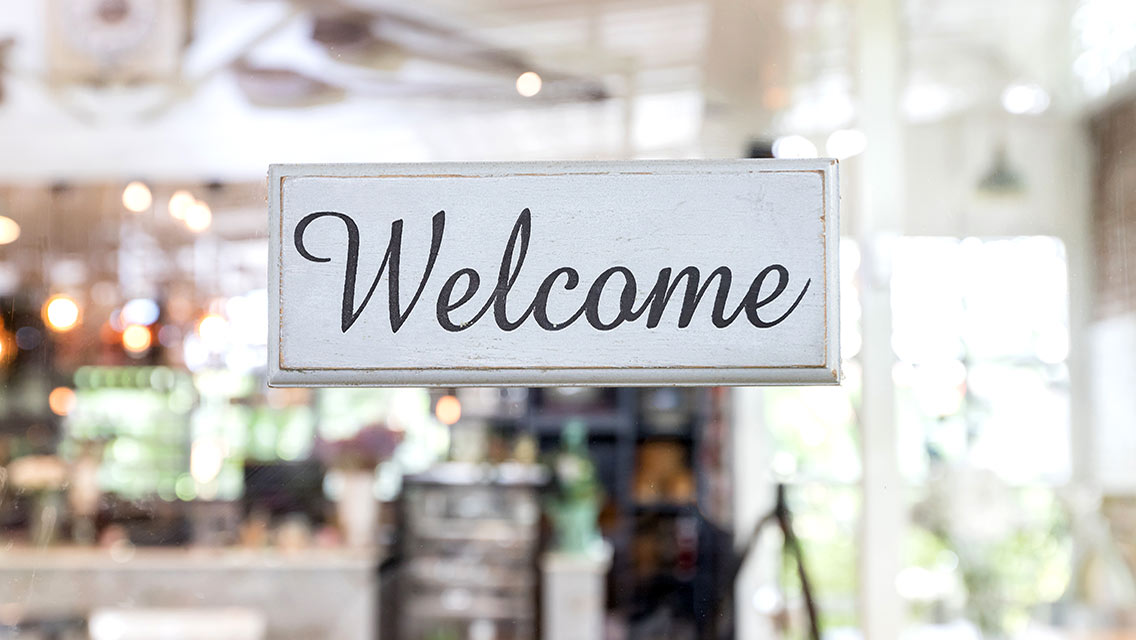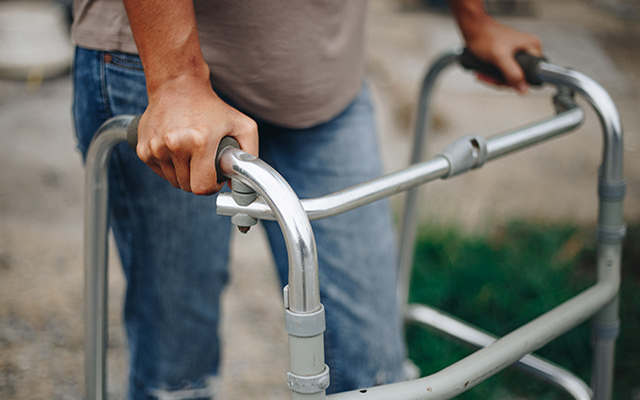I climbed on my bike the other day and pedaled over to meet My Lovely Wife for an afternoon work session at our favorite coffee shop. The sign on the door alerting patrons of the mask requirement had been removed, and I noticed a gaggle of prepandemic regulars kibbitzing in a nearby booth. The barista still wasn’t accepting cash — a COVID-inspired mandate — but the faint aroma of normalcy was hovering in the air.
MLW was bivouacked at a large table in the back room. The manager had told her the whole cash thing was “in process,” she reported, and he also hoped to soon add the tables that had been removed from the main part of the shop due to social-distancing protocols. “I suppose that could take a while,” I ventured, before getting down to business.
We pecked away at our laptops for a couple of hours and were amazed upon our departure to discover that the missing tables were already back in place, and sitting at one of them was a couple we’d grown accustomed to seeing there before the plague struck. We exchanged pleasantries, almost as if we’d been suddenly transported back to June 2019.
I’m not ordinarily averse to change, but it occurred to me on the way home that I wouldn’t mind absorbing this postpandemic reality a little more slowly.
It’s a common lament among my Geezerville compatriots, whose vulnerability to the virus forced a level of social isolation that in many cases felt so irrevocable that venturing back out into a suddenly safer world became nearly as terrifying as catching the bug had been. As a result, social networks have degraded, friendships have faded, and we’ve became gradually less certain of our ability to confidently engage with people outside of our household.
“COVID has really disrupted the way that we interact with others . . . and there’s a strain on social networks and relationships,” Matthew Lee Smith, PhD, MPH, codirector of the Center for Population Health and Aging at Texas A&M University, tells AARP. “When we get to a situation where things are starting to open . . . the anxiety kicks in . . . and the question becomes: Is the risk of going out socially worth the benefit?”
Smith and other experts suggest this reintroduction to society is a process, one that will vary based on the individual and his or her circumstances. Some will be more hesitant, others a bit too antsy, still others a combo of both. I recall that when I received my vaccine back in March, my first impulse was to call my friends and siblings and schedule celebratory gatherings at local watering holes. I quickly backed off, though, realizing I was moving too fast even for myself.
It’s a gradual transition, says psychiatrist Aderonke Pederson, MD, who teaches at Northwestern University’s Feinberg School of Medicine, “There’s going to be a temptation to try to snap right back into our normal routines,” she notes. “We’re not robots; we can’t switch back with an on-off switch.”
I may be more fortunate than many of my geezer counterparts in that my sequestration was perhaps less hermetically sealed than most. MLW and I enjoyed weekly visits from our grandson throughout the pandemic, which allowed for brief interactions with his parents as well. And COVID produced only minor disruptions in the weekly golf outings with my two older brothers last year, a piece of good fortune that only became more poignant when one of them succumbed to cancer in December. We seldom saw our daughter and her spouse, who moved last summer an hour south of us, but there was really nothing novel about that. Family gatherings, however, are now at least a possibility — when everyone’s ready.
“It’s so important for us to be patient with ourselves and the people around us. We need to pace ourselves through this process,” Pederson advises. “Burnout and the risk of depressive symptoms and anxiety come with trying to force yourself into a certain state of being when the emotional toll of the pandemic is very real.”
Never particularly sociable prior to our quarantine, MLW and I have found ourselves enjoying a return to the coffee house and our neighborhood bistros. Last week, we even dined (indoors!) with her brother and sister-in-law, and I accepted an invitation from my brother to play poker at his place — the resumption of a once-monthly ritual.\
But I found myself wrestling with some anxiety about hosting two of my best pals — known in these parts as The King of Nordeast and He Who Brings Beer — for some adult beverages and BS on our backyard patio. I hadn’t seen either of them in the flesh for a good six months, and I wondered whether we’d struggle to reconnect. I needn’t have worried. The gibes, jokes, and memories flowed faster than the lager and ale. Two hours passed in no time.
“We should do this more often,” The King proclaimed, as the two of them got up to leave.
“Yeah,” I agreed. “Just like old times.”





This Post Has 0 Comments